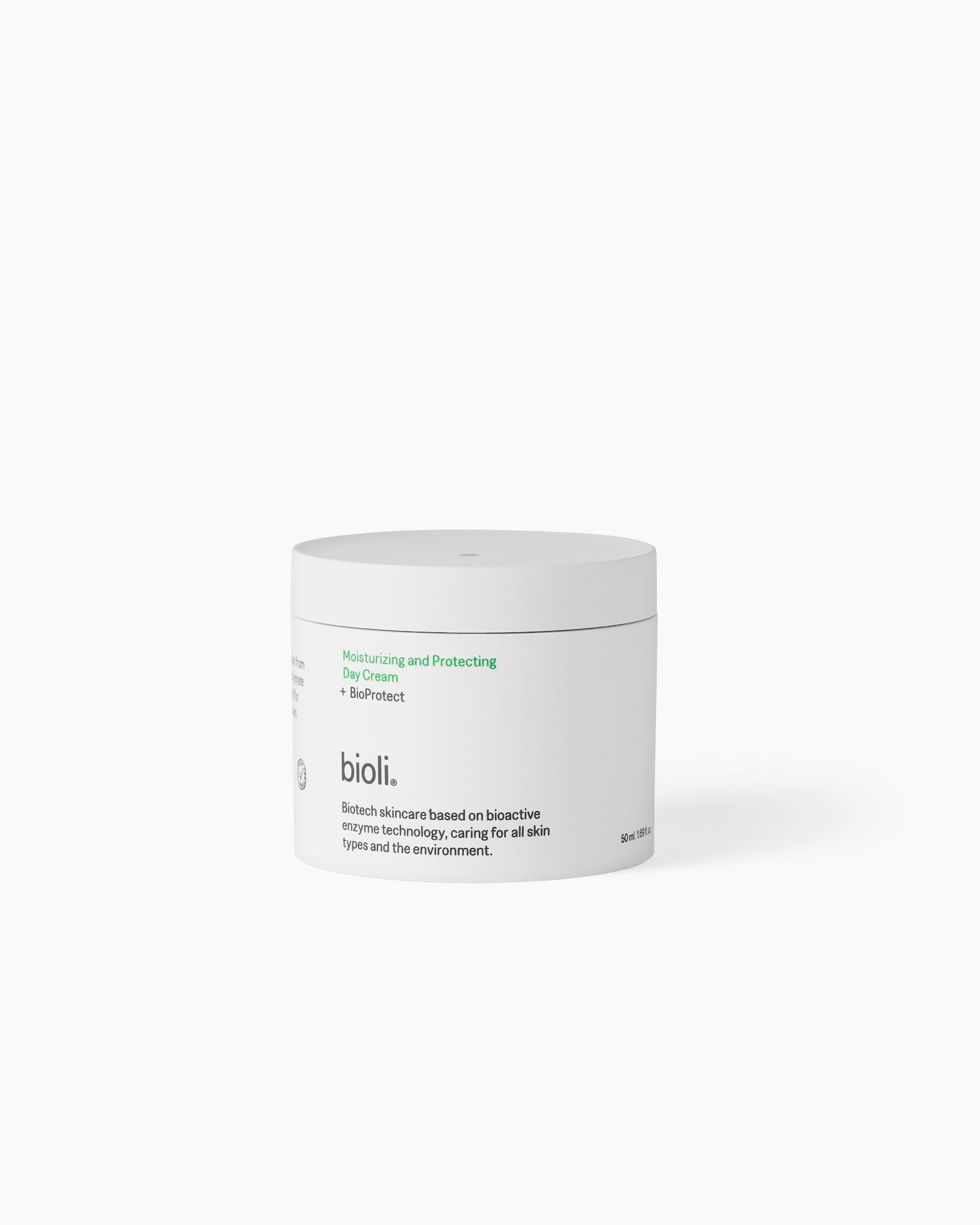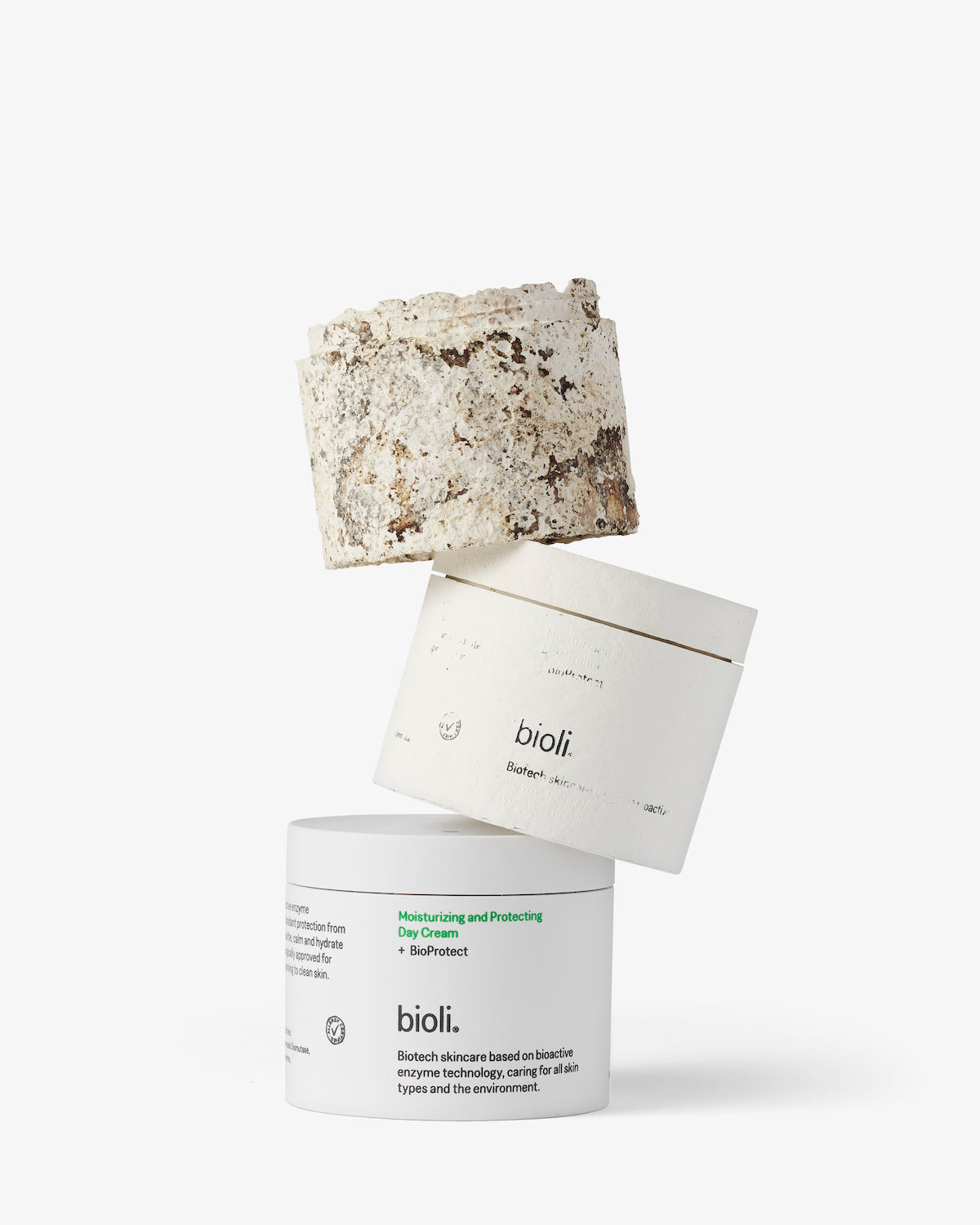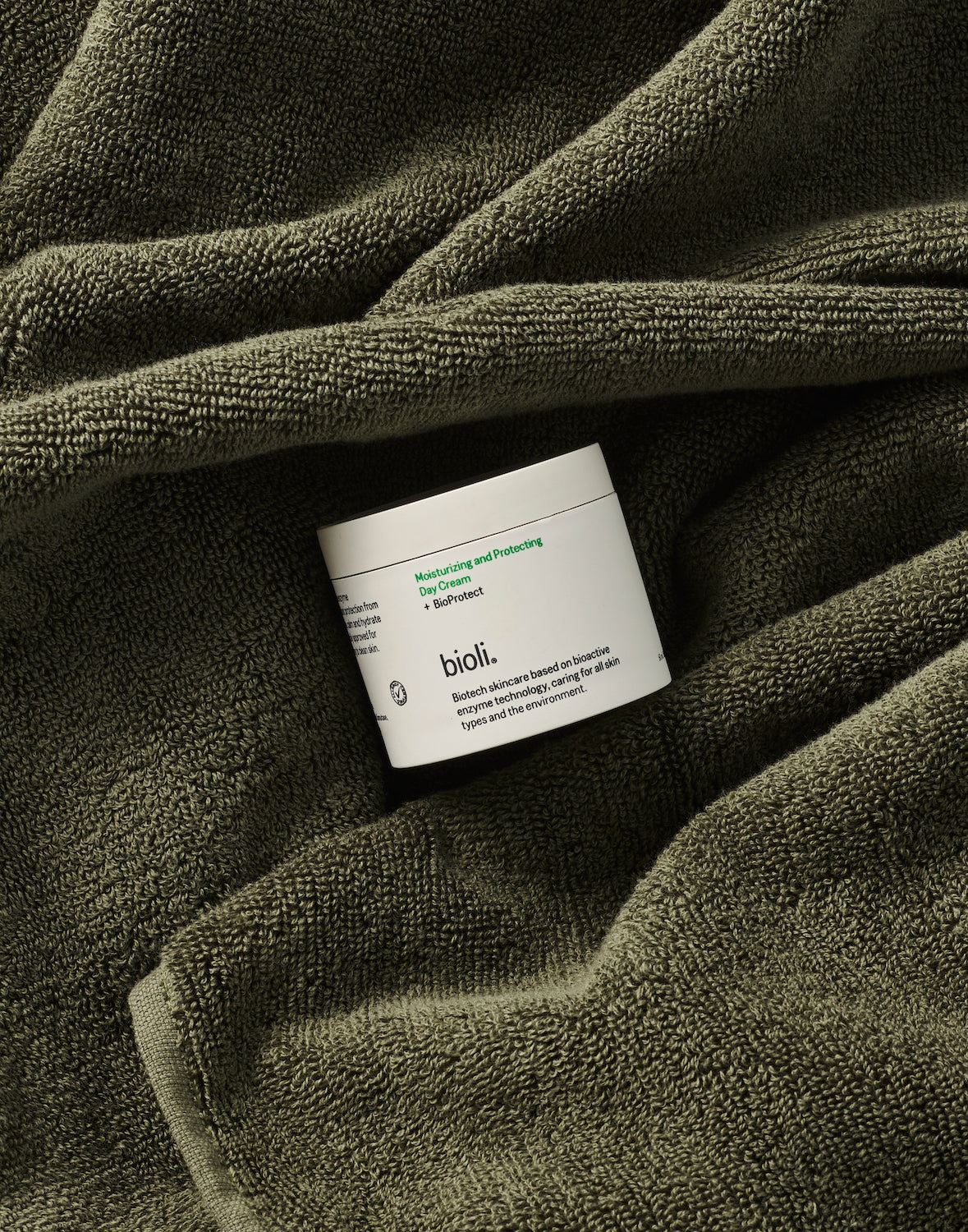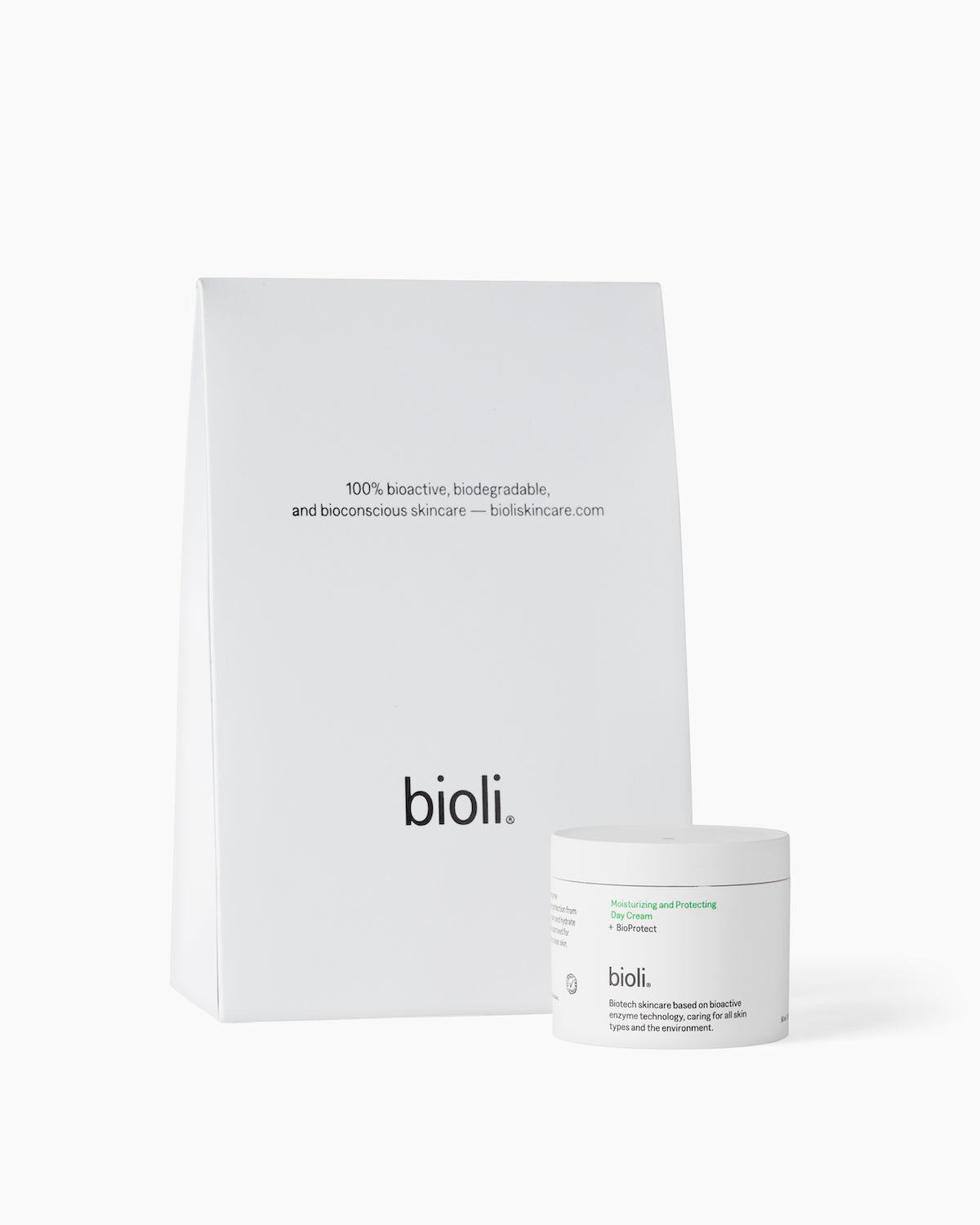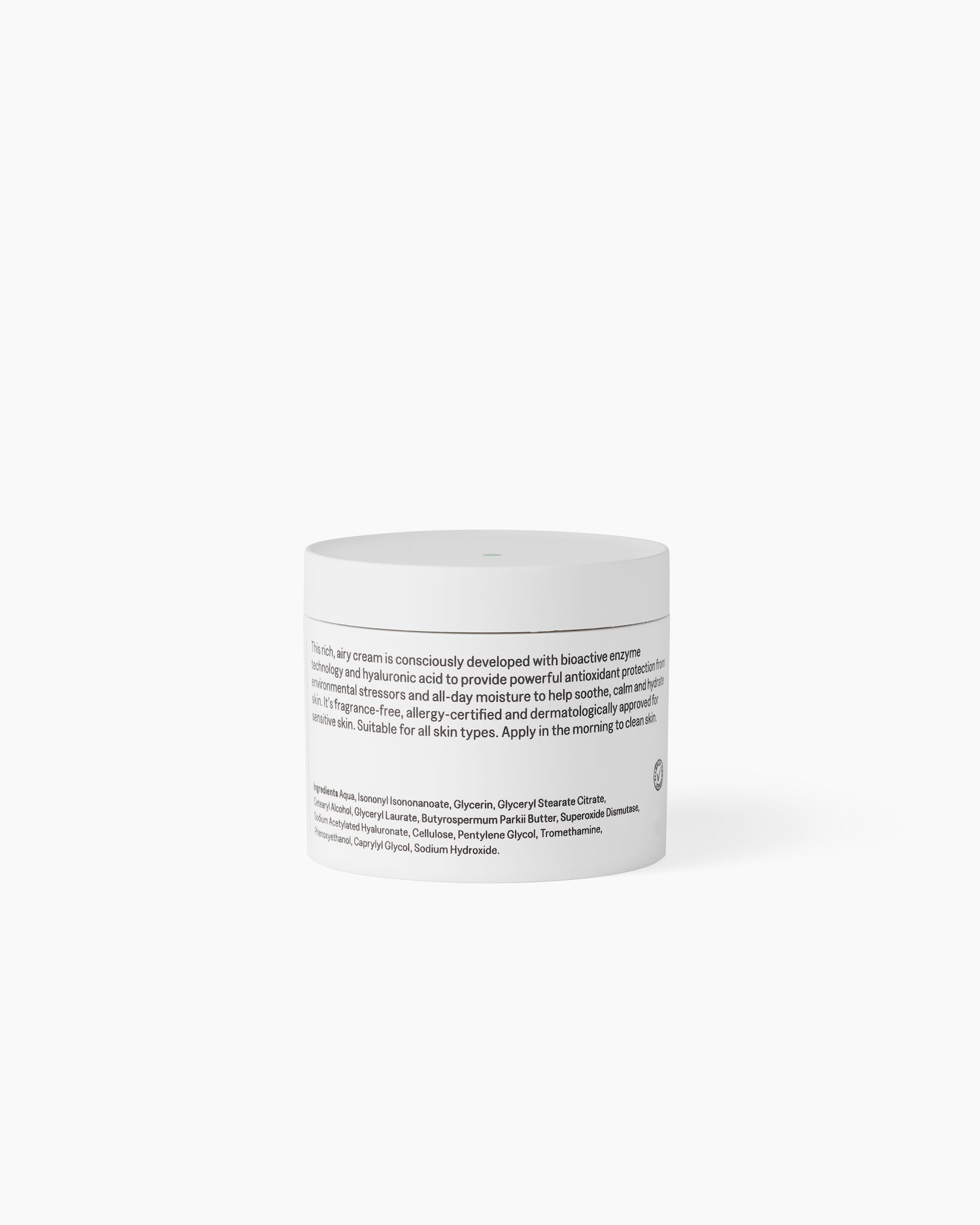The evolution of skincare
First came synthetic skincare. Though not explicitly labeled as such, it was often marketed as "advanced skincare." Many of these formulations contained synthetic ingredients such as parabens and silicones, designed for efficacy but raising concerns over long-term effects.
As a response, natural skincare emerged, utilizing botanical ingredients for their perceived skin benefits. This movement was followed by clean beauty, which focused more on what products don’t contain rather than what they do. Clean beauty often emphasizes non-toxic formulations and, in some cases, sustainability because it also can include natural ingredients, but natural doesn’t equal sustainability. In fact, it’s often the opposite, as we have learned. Then came cosmeceuticals, a category blending cosmetics with pharmaceutical-like active ingredients, but lacking clear legal classification.
While each of these categories also has its merits, they primarily focus on product use rather than the full lifecycle of an ingredient.
The rise of Biotech skincare
Biotech skincare considers the entire lifecycle of an ingredient—before, during, and after use—offering a more holistic approach to skincare. Although the term "holistic" is often associated with natural skincare, biotech skincare embodies this philosophy by combining scientific innovation with sustainability, from cradle to grave.
What is Biotech skincare?
Biotech skincare includes lab-grown ingredients produced through bacteria, fungi or yeast. Moving beyond natural and chemical, it mimics nature without depleting it, has a lower environmental impact, and delivers consistent, targeted efficacy—benefiting skin and environment.
“Unlike traditional natural ingredients, which can vary in composition and may cause allergic reactions, biotech skincare offers consistent, purified, and highly effective formulations. It also significantly reduces the environmental footprint by eliminating the need for large-scale farming of skincare ingredients like sunflower and jojoba oils,” says Aldo Seguel, CSO of Bioli, and continues: “Additionally, some of the most common skincare ingredients—such as vitamins A and C and AHAs—are often derived from petrochemicals and can be too harsh for sensitive skin. Biotech innovations provide gentler, more sustainable alternatives that deliver results without compromising skin health or the environment.”
As the industry continues to evolve, biotech skincare presents a future-forward approach that balances efficacy, safety, and sustainability—proving that science and nature can work together for healthier skin and a healthier planet.
Comparing skincare categories
To better understand how biotech skincare compares to other skincare movements, here's a structured comparison:
| Category | Synthetic | Natural skincare | Clean skincare | Cosmeceuticals | Biotech skincare |
|---|---|---|---|---|---|
| Purpose | General skincare formulations | Utilize botanical ingredients for skincare benefits | Focus on safety, transparency, and sustainability | Contain active ingredients with pharmaceutical-like benefits | Use biotechnology for innovative, sustainable, and effective skincare solutions |
| Emerged | 1980s, gaining momentum in the late 20th century | Late 20th century, gaining traction in the 21st century | Late 20th century, especially 1980s-1990s | Late 20th century | Early-to-mid 21st century |
| Definition | No universal standard | No universal standard | Emphasizes non-toxic and sustainable ingredients | Sits between cosmetics and pharmaceuticals | Science-backed, lab-created, and data-driven formulations |
| Ingredients/Technology | Combination of natural and synthetic ingredients | Plant extracts, essential oils, and minerals | Natural and synthetic ingredients with a focus on safety | Active ingredients that provide pharmaceutical-like benefits | Bioactive compounds, enzymes, peptides, probiotics |
| Avoiding | Synthetic or artificial additives | Toxic, allergenic, or hormone-disrupting substances | Irritants, artificial fragrances, and colorants | Same as clean skincare but with additional scientific scrutiny | Unethical sourcing, harmful synthetics, and inconsistent natural ingredients |
| Focus | Use | Use | Use | Use | Production, Use, and Disposal |
| Issues | May include impurities, hormone-disrupting compounds, and allergenic ingredients. | Prone to allergic reactions, bacterial contamination, inconsistencies, and resource-intensive production. | Misleading, as "clean" is an unregulated term and doesn't always mean safe or effective. | Lack clear legislation, allowing brands to make unverified claims about efficacy and benefits. |
Source: Bioli 2025
The future of skincare
Biotech skincare represents the next step in skincare innovation—delivering high-performance, sustainable, and precisely formulated products that address diverse skin concerns while minimizing environmental impact. Explore our new Moisturizing and Protecting Day Cream based on enzyme technology, offering a science-backed alternative that balances efficacy, safety, and sustainability.


